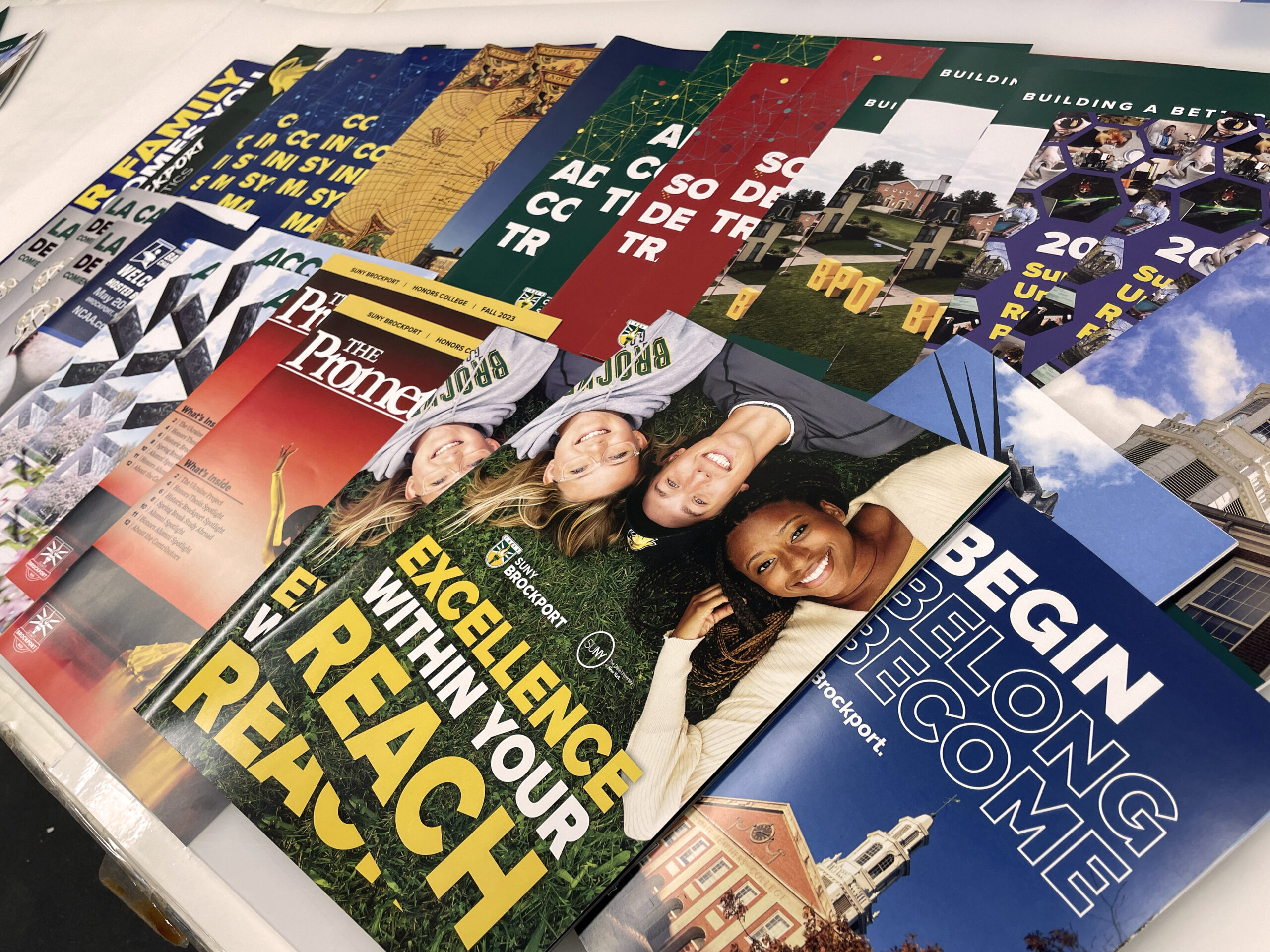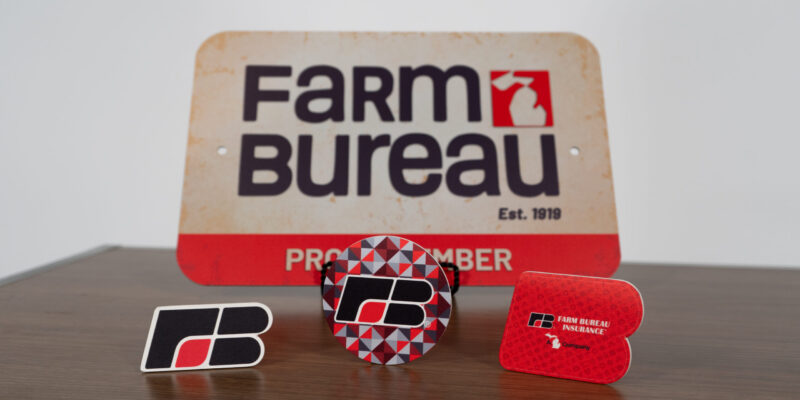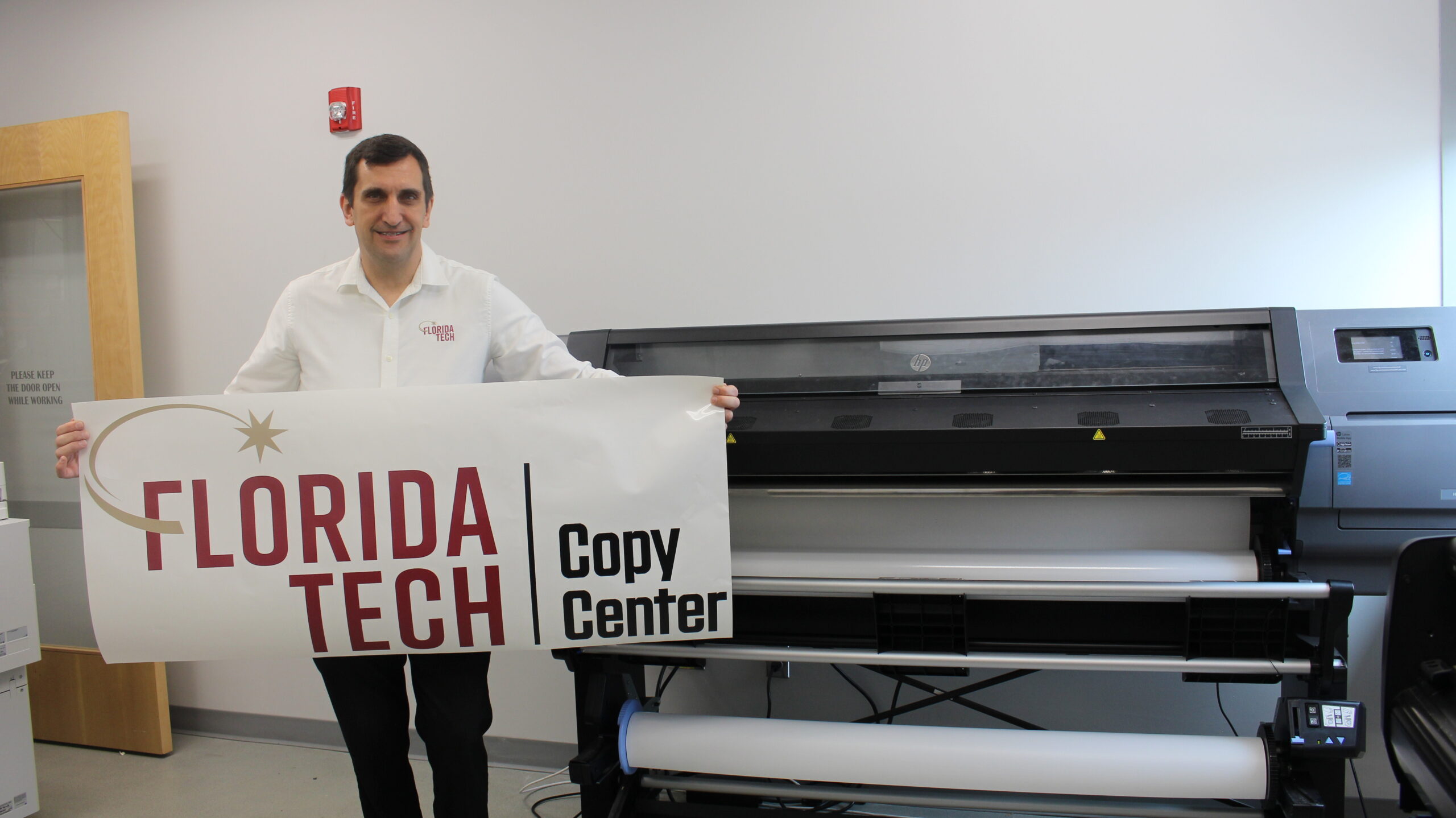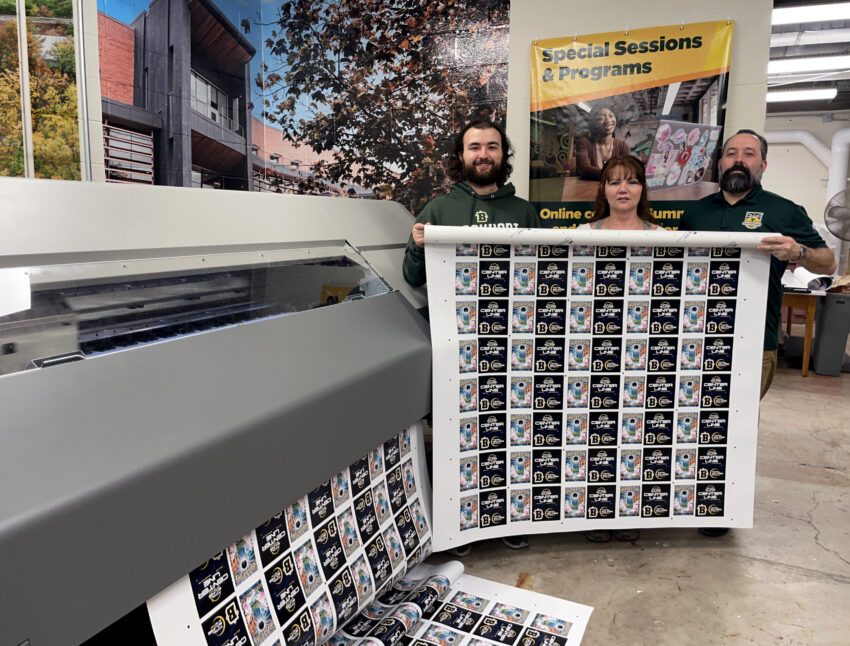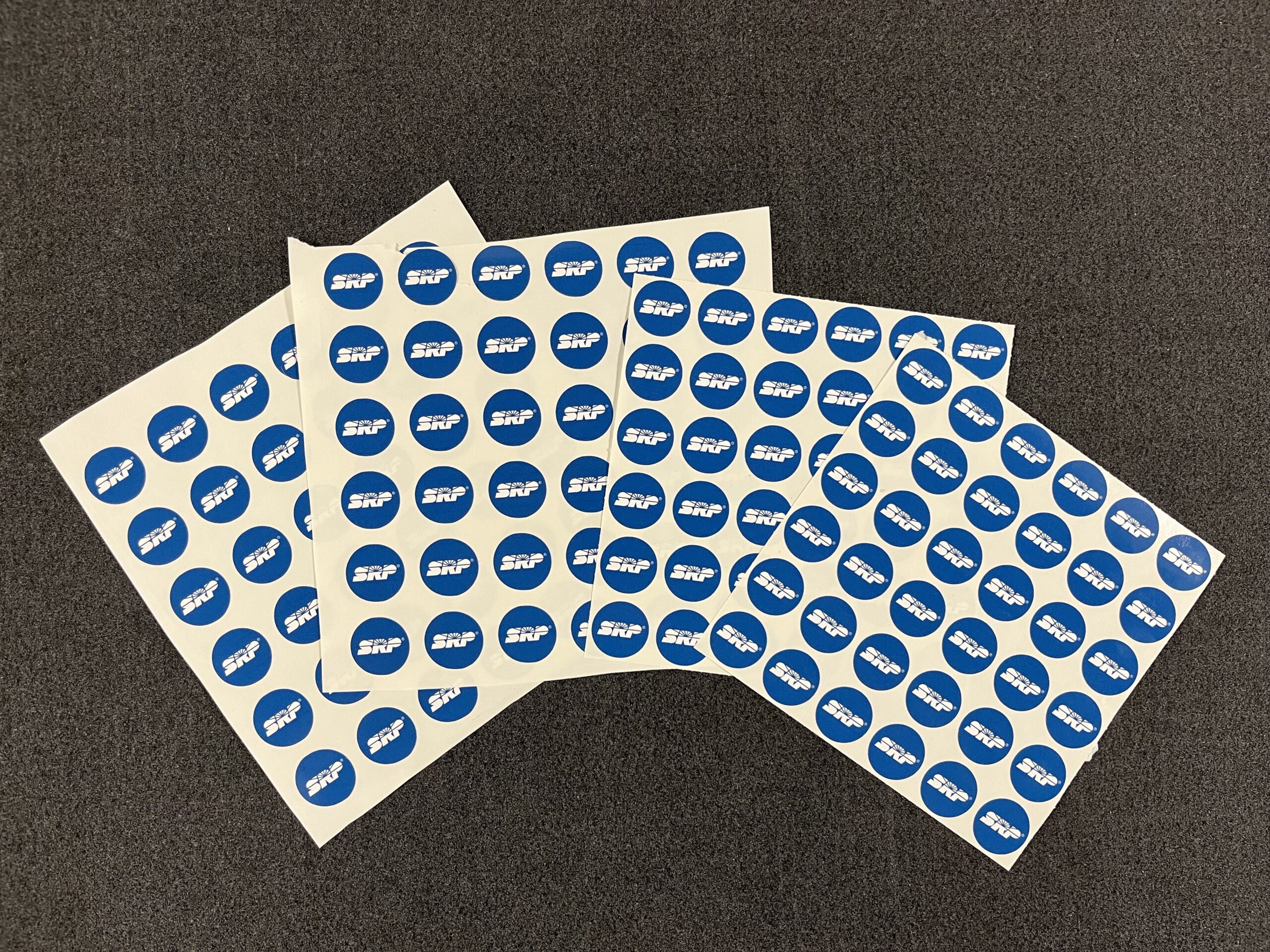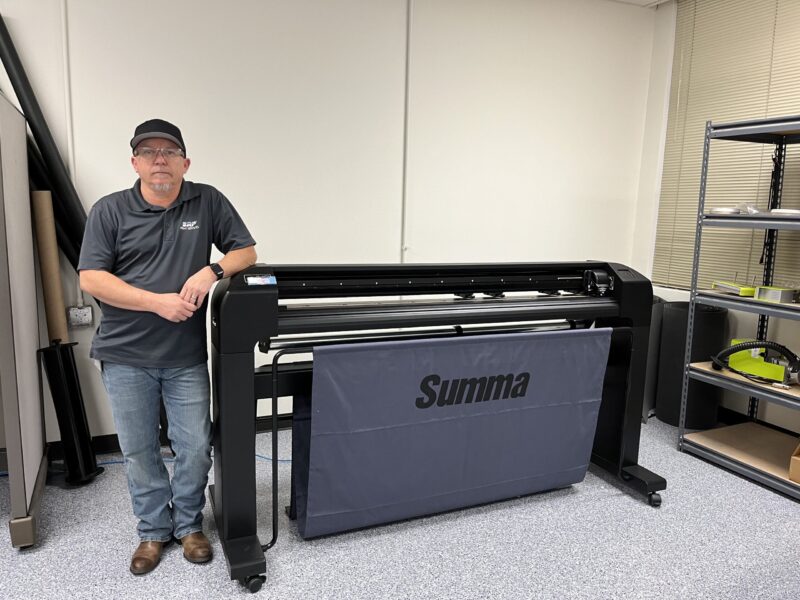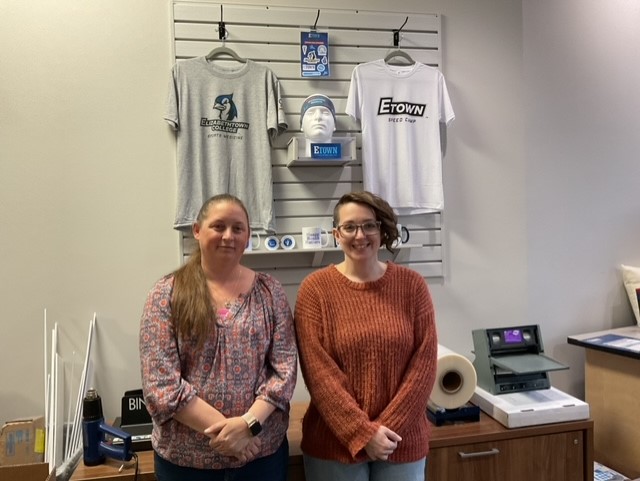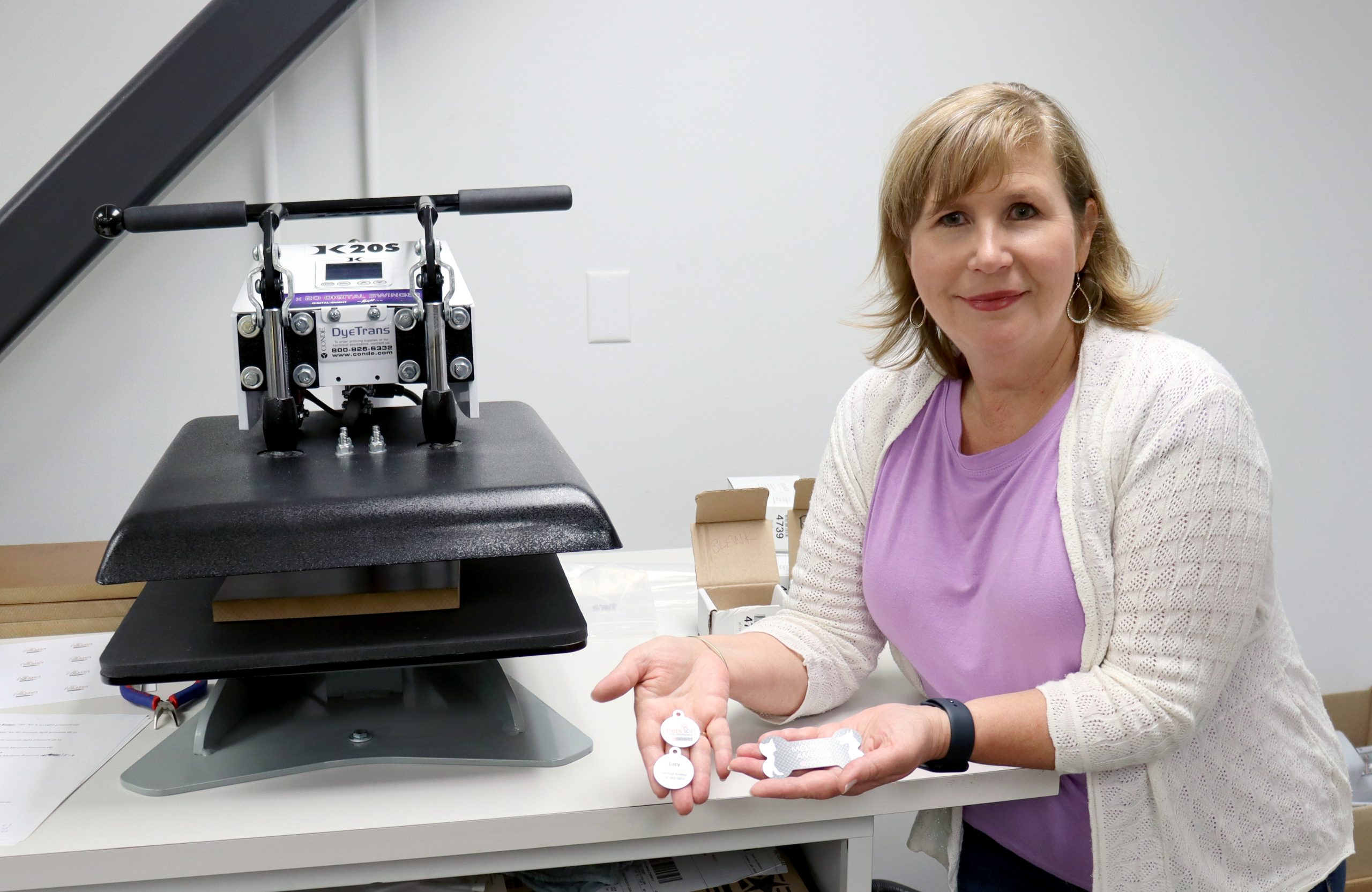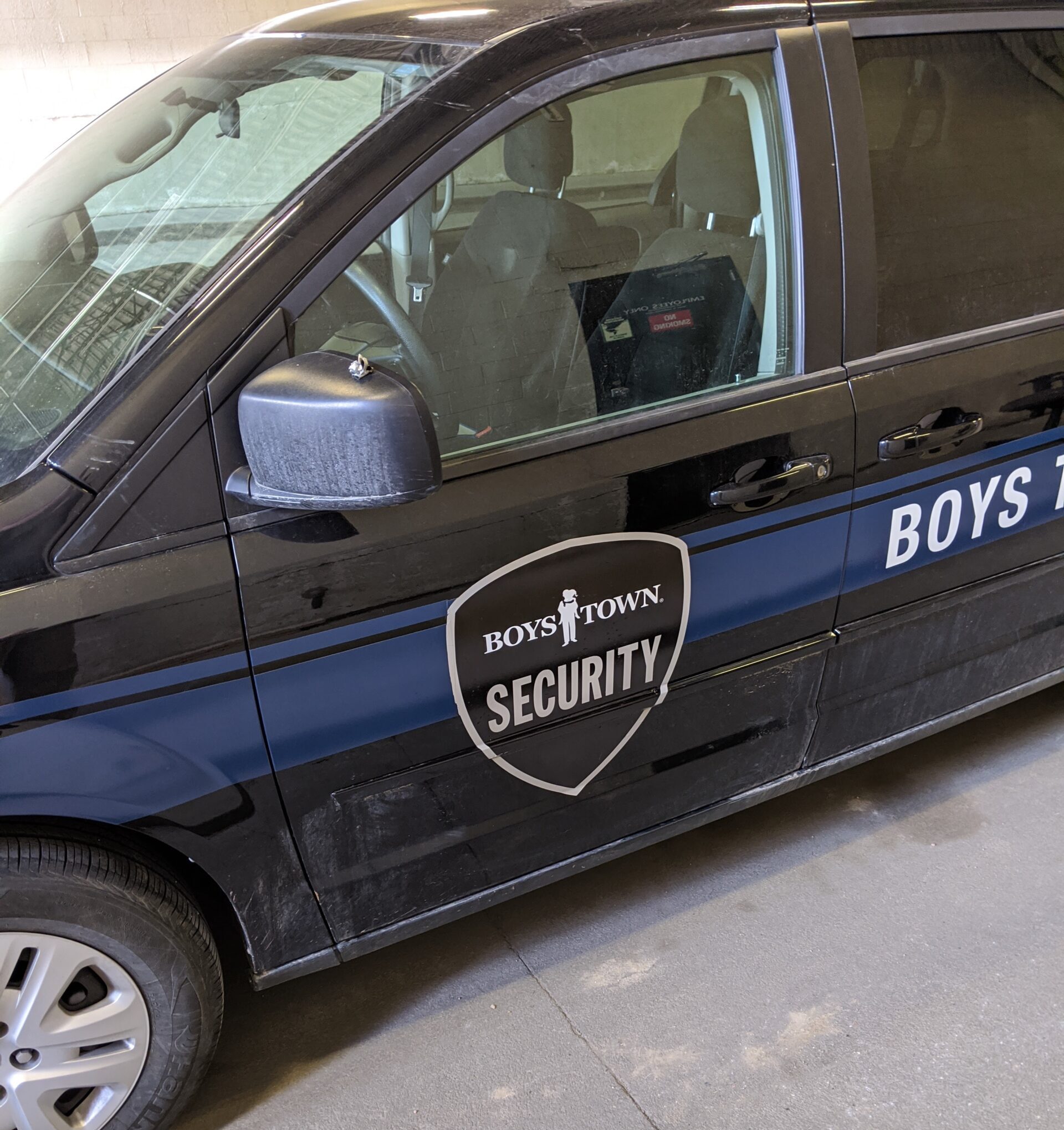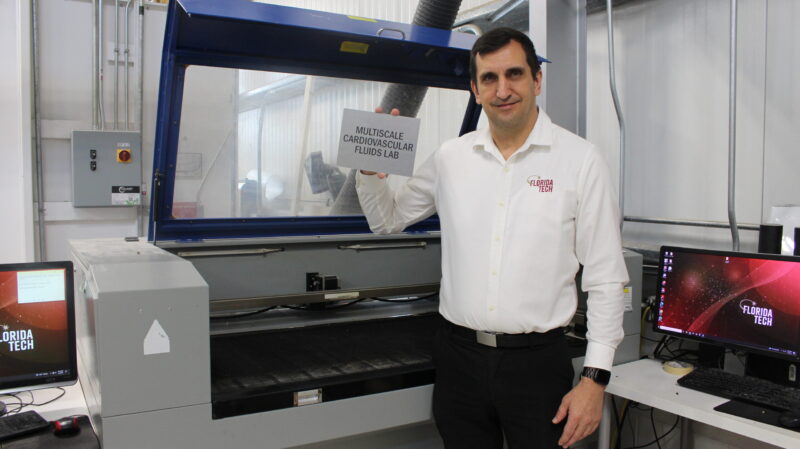Top Five Growth Applications for In-plants
We ranked the fastest-growing applications at in-plants, then spoke with managers whose shops provide them to learn from their experiences.
By: Dan Marx
For many in-plants, increasing the value of their operations means expanding into new application and process areas. But which ones will bring the greatest benefits?
To help, we examined the results of our new “Trends and Services in the In-plant Industry” report, comparing applications and services in-plants are providing today with those provided two years ago, as detailed in our 2022 report. Then we ranked the applications that have grown the most. These may present an opportunity for in-plants not yet providing them.
Here are the top growth applications, ranked by the percentage point change since 2022:
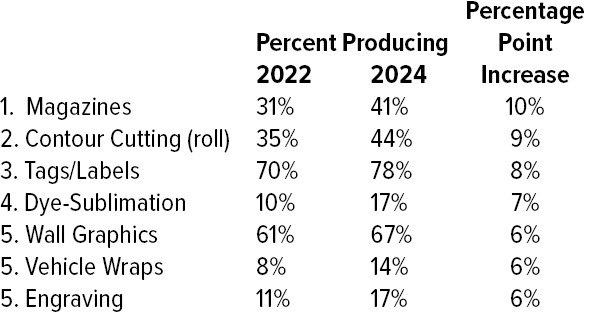
Additional applications that have seen five percentage point growth since 2022 are engineering drawings, stationery, packaging, and graphics installation services.
To learn more about these applications and services, we talked with survey respondents whose in-plants provide them. The experiences of these managers, presented here, shed light on these expansion opportunities.
1. Magazines
Karen Meyers, business manager at Michigan Farm Bureau (Lansing, Michigan), says her in-plant has been producing a quarterly magazine, Insurance Matters, which is distributed to the company’s agents, since 2019. The process of making the publication, she says, was streamlined in 2023 through an equipment upgrade: a Konica Minolta AccurioPress C12000 with in-line finishing.
Because of the upgrade, she says, “the quality of the finished product improved quite a bit.” Meyers says print volume for the magazine has increased slightly as the bureau has added agents.
Does she believe there is a growing need for magazines? Yes.
“People still like printed material,” she notes, “and in this case it is all focused on our company, and people they know and work with on a regular basis.”
“We have also seen an increase in saddle-stitched magazines, which had for a time gone to mostly digital delivery. [They have] come back to print versions.”
—Edward Sala, Washington State University
Magazines are also a growing application at Washington State University (Pullman, Washington), where Edward Sala oversees Design and Printing Services.
“We have also seen an increase in saddle-stitched magazines, which had for a time gone to mostly digital delivery. [They have] come back to print versions,” he says. “I would say activity in that area has increased 20-25% post-pandemic.”
On the other hand, the in-plant at the State University of New York - Brockport prints “just a handful” of magazines a year, says Dan Dippel, director of Print and Mail Services. The production of a magazine, “is not a growth area for us,” he admits.
The periodicals are produced for a variety of audiences across the SUNY Brockport campus community, an effort that began many years ago, he says, “back in the offset days.” The in-plant currently prints magazines on its two Ricoh Pro C7110 printers and a Ricoh Pro 8110. A Baumcut 26.4 guillotine cutter and a Duplo DBM-350 booklet maker handle the finishing. Unlike Meyers, though, Dippel does not see magazine production as a growth area for his in-plant. He notes cut-sheet print volumes have “not really grown in a few years.”
2. Contour Cutting
Noting her shop “has always done signage,” Meyers says cutting activities used to be done by hand, took a long time, and were expensive, before her shop installed a Colex Sharpcut flatbed cutting unit. That cutter now speeds production, even for 24x36" signs, which are printed directly onto foam board, then trimmed to perfection.
In addition to cutting foam board, she says the in-plant cuts Sintra (sheet PVC) and has cut metal up to 3mm thick. Her shop has also used its contour cutting technology to finish coasters and character cutouts of cows, pigs, and a tractor.
For James Breckenridge, print operations manager at Florida Institute of Technology (Melbourne, Florida), contour cutting is part of his in-plant’s processes through its HP Latex 315 printer, which includes plotter cutting, along with a Titan 2800 cutter. He says his shop uses it to produce a range of signage, as well as stickers, “in a faster, more accurate way.”
Asked if contour cutting is a growth area, he says that if the in-plant was appropriately staffed — it currently has only two full-time employees — he would consider expanding further. For now, contour cutting brings value.
“It’s really opened up a huge market for us,” he says, “and we’re saving the university thousands of dollars in not having to take it outside.”
3. Tags and Labels
SUNY Brockport Print and Mail Services produces tags and labels for university departments and the off-campus community. They’re used for labeling facilities equipment, warning labels, and stickers for promotional, educational, or social purposes. Tags are generally printed onto paper or cardstocks; labels on pressure-sensitive paper.
“Weatherproof labels and stickers are a new pursuit for us,” Dippel shares. Standard tags and labels are printed on the in-plant’s Ricoh machines. Vinyl stickers are printed on its Ricoh Pro L5160 latex printer, then cut on a Colex Sharpcut SX1732 contour cutter.
Does Dippel see rising demand for tags, labels, and stickers? He says demand for all products made on its wide-format equipment is rising.
“A year ago we couldn’t produce these products at all,” he observes. “Now they account for 15-30% of our monthly sales — and growing.”
Out in Tempe, Arizona, Aaron Chrisman says his in-plant has produced tags and labels since 2020 for Salt River Project, an electric power and water utility company. The shop uses an Esko Kongsberg C4 flatbed cutter, says Chrisman, Print and Mail Services lead.
The Kongsberg will not be moving to the in-plant’s new facility, though, he reveals. The in-plant recently purchased a Summa S2 T140 roll-fed contour cutter and plans to outsource rigid substrate cutting. Asked whether tag and label printing has grown at his in-plant, he says, “The demand for this type of printing has definitely increased in the last four years.”
At Washington State University, Sala sees the same trend.
“Now that we have the ability to print varnish on synthetic stock, our label and tag activity has increased 10-15% over the past two years,” he says.
4. Dye-Sublimation
More a process than a product, dye-sublimation has seen growing popularity for making items such as name badges, plaques and awards, and soft signage.
At Elizabethtown College (Elizabethtown, Pennsylvania), the 2022 addition of a dye-sublimation system enabled its in-plant to expand its offerings. Erica Hobbs, manager of Print Services, says the shop’s Sawgrass SG500 printer has opened the door to decorating items like t-shirts, mugs, mouse pads, and desktop plaques.
“Part of the goal of getting it,” she explains, “was to spark some interest — to raise campus community awareness [of the in-plant].”
She shares that she is seeing an increased number of orders for dye-sub items, particularly by clubs seeking items to sell at the school’s annual homecoming family event. She adds that the in-plant gets other requests she can’t accommodate, given the printing unit’s maximum sheet size, which is 8.5x14".
Nestle Purina’s in-plant (St. Louis) takes strong advantage of dye-sublimation by creating full-color name badges for company employees and visitors, and produces novel, personalized pet tags.
The in-plant uses a Sawgrass SG800 dye-sub printer, which has proven to be a fast and affordable replacement for badge engraving.
“It felt like an easy thing to try,” says Tammy Dunham, senior manager, office services and accounting. “There was a low cost of entry. It didn’t break the bank.”
5. Wall Graphics/Vehicle Wraps/
Engraving (Three-Way Tie)
Though wall graphics are printed by a larger percentage of in-plants (67%), the percentage growth of vehicle wraps and engraving since 2022 has been even more remarkable. All three are worth looking into.
Michigan Farm Bureau’s in-plant uses both repositionable and static cling material for the wall graphics it produces.
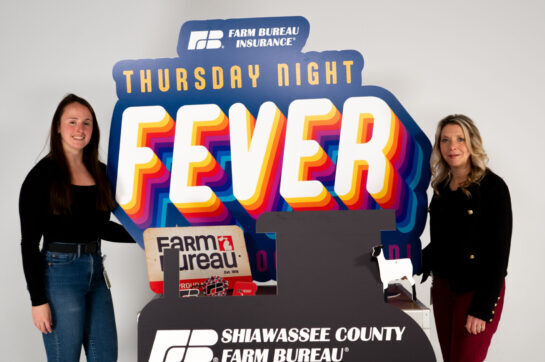
Wall graphics are just one of the growing applications at in-plants, such as this one produced by Michigan Farm Bureau’s in-plant. With it are Caroline McManus (left) and Karen Meyers.
Meyers says her shop began printing them “about six years ago,” following a printer upgrade. The in-plant uses an HP Scitex FB550, as well as a Colex Sharpcut flatbed cutter, added in 2023. The growth of this application, Meyers says, began with the addition of the Colex.
Asked if there is growing need to produce wall graphics, she says Michigan Farm Bureau “has had quite a few offices open, and agents have been interested in custom signage for their offices.” Also, wall graphics were utilized in a recent remodel of the building that houses the in-plant.
At Father Flanagan’s Boys’ Home (Omaha, Nebraska), commonly known as Boys Town, Doug Larsen, manager of the Boys Town Print Shop, says his in-plant has moved into vehicle graphics by producing door decals, such as for the organization’s police and fire vehicles. Using the in-plant’s HP Latex 365 inkjet printer, the operation has been able to produce striking decals using both reflective and gold foil pressure-sensitive substrates.
Larsen says the shop has been producing vehicle graphics for about three years, but has been printing wide-format products for nearly 20. As for vehicle graphics, “I didn’t expect to get into it,” he admits. “It may not be a ‘growth area,’ but it does add additional value for [our in-plant].”
Will the shop expand into vehicle wraps? Larsen is not sure, but says he sees a couple of vehicles on campus that “could use a spruce-up.”
At Florida Tech, engraving services have become a valued part of the in-plant’s offerings. The shop started its move into engraving when it began producing wayfinding signage for university buildings. Since then, it has expanded into producing awards and promotional items.
Using a CamFive CFL-CMA1200 laser-cutting unit that belongs to the university’s College of Engineering and Science, the in-plant engraves or cuts materials including acrylic, leather, wood, and occasional metals. Breckenridge shares that while he sees demand for engraved items growing, his in-plant is not staffed to handle a significant bump in production. As a result, he says, “We haven’t really marketed it yet.”
As your in-plant looks for new applications and services to offer to increase its value, consider the experiences of your peers. These growth applications may provide an opportunity to enhance and expand your operation.





